“Surface Graining Is Not Shown” – Should You Worry?
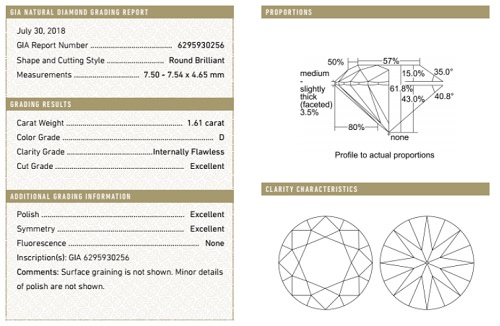
GIA report of an internally flawless diamond with multiple comments.
Recently, a reader sent an email with the following questions: “Are diamonds graded with an IF clarity grading really flawless? If so, why is there a comment “surface graining is not shown” on the GIA report?
I’m confused. If there are clarity issues listed in the report, how can the diamond still receive the best clarity rating from GIA? Could you explain this to me and let me know whether there were any mistakes?”
Prior to this email, I had also received similar questions related to surface graining in diamonds. Hopefully, this article will help to address some common questions about what it is and what it isn’t.
Firstly, Why Do Internally Flawless Diamonds Still Have Clarity Comments?
When most people shop for internally flawless diamonds, they tend to have misconceptions that a high clarity grade is required for better sparkle and that an IF diamond is a 100% perfect – with no flaws and no inclusions.
Since IF diamonds are priced at the highest premium for their rarity, it throws people off when they see ‘flaws’ being listed in the grading report. So, why does this happens?
Well, I can tell you that the gemological labs didn’t get it wrong. It’s usually the misguided perception of what an internally flawless diamond is that creates confusion.
You see, diamonds are assessed in the lab with a 10X magnification and an internally flawless rating literally means what it is; there are no visible inclusions seen at 10X within the diamond’s body. However, the IF grade does allow minute external blemishes to be present on the surface of the diamond.
Examples of blemishes that are found in IF grades are typically stated as surface graining or minor details of polish in the grading report. Now, a comment about surface graining may sound like a serious defect, but it really isn’t once you know what it is.
What is Surface Graining? Is it a Deal Breaker?
Technically speaking, surface graining refers to irregularities in the diamond’s structure that result in optical discontinuities. They typically show up as transparent lines which are only visible at certain lighting angles and high-powered magnification.
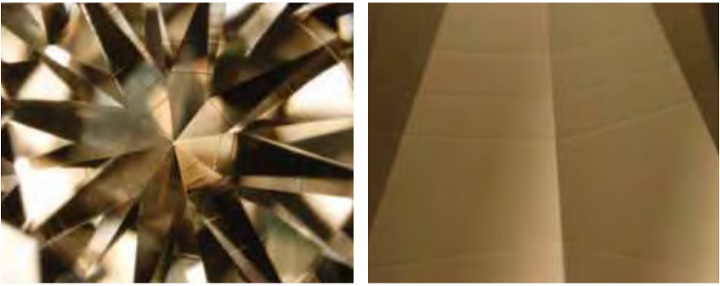
Surface graining on diamond’s surface at 30X (left) and 60X (right). Credits: GIA
Grain lines are caused by a change of grain direction during a diamond’s crystal growth and can connect across several facets in different directions. In a GIA grading report, the statements made under the “Comments” section are used to mark the distinction between a flawless diamond and an internally flawless diamond.
In reality, surface graining occurrences are so insignificant that even a trained gemologist will have difficulty in finding them with a 50X magnification. Bear in mind that this is well over the 10X magnification that is used in diamond grading and you won’t be able to see them with your naked eyes.
If That’s a Flaw on the Surface, Why Can’t the Cutters Remove Them?
That’s a good question. Let me use an analogy of a plank of wood. Imagine that you are sawing off the end of the plank in an attempt to remove the ‘graining’ of the wood. Do you think that you can do that?
The answer is No.
In nature, the graining forms throughout the entire plank of wood! See image below. Likewise in diamonds, it is common for them to have grain lines that CANNOT be removed even by polishing.
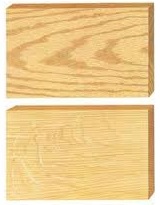
Sometimes, the graining can occur from the surface and extend right into the stone. In such scenarios, no amount of polishing will remove the ‘flaw’. It doesn’t make sense for the cutter to continue polishing the rough stone in a futile attempt to remove surface graining.
To sum things up, if you are considering to buy an IF stone, don’t get too caught up by this comment.
The reason for it to be there is to mark a distinction between a flawless diamond and an internally flawless one. It’s like grading a literature essay where the teacher refuses to give a student an A+ for great content just because the student had poor handwriting.
The bottomline is, this comment has no effect on the outward beauty of the diamond and it is definitely not an issue. Don’t worry about it!
Related Articles
Leave A Comment

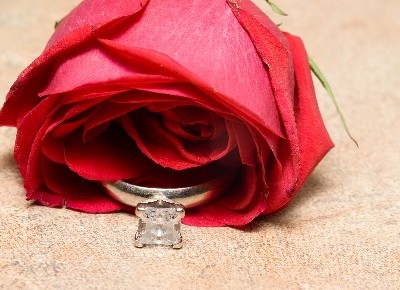


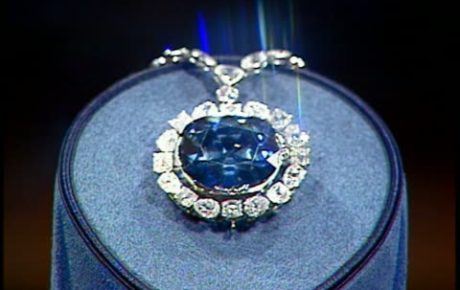









8 Comments
https://www.jamesallen.com/loose-diamonds/round-cut/1.82-carat-i-color-si2-clarity-excellent-cut-sku-2538984
What do you think of this diamond? Is the feather on the bottom left to harsh? It is one of the better SI2 diamonds I’ve found and seems to be at a fair price point of 10.7k
Thoughts? Thanks.
I would say the diamond is eyeclean and that the inclusion can be partially covered up with a nicely positioned prong.
Hi Paul,
What do you think of this diamond? The grading report can be found here. https://www.gia.edu/report-check?reportno=6245159735
I can’t even see any inclusions on it with the pictures but its graded SI1 because of the diamond surface graining? Would it be an issued because its quite a bargain at that price.
Thanks for your input
The diamond is hazy because of the clarity grading comment. “Clarity grade is based on clouds that are not shown. Surface graining is not shown.” In the video, you can clearly see a hazy looking diamond as well. It’s a terrible stone.
Hi Paul, im so indecisive and torn whether to buy this 2.23ct diamond as it has ” surface graining” on the comment section…i made 1 mistake and dont wanna make another when buying my second 1….
I can attach the certificate on my email when you reply.
Joanna
Most of the time surface graining comments are really minute and does not impact the diamond’s outward appearance. Without knowing more details, I cannot give you any useful advice blindly.
My question isn’t so much about the “graining” but more about a proportions on the GIA report. What is the 43% referencing?
The 43% in the GIA report refers to the pavilion depth percentage.